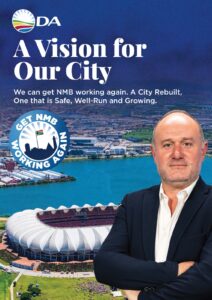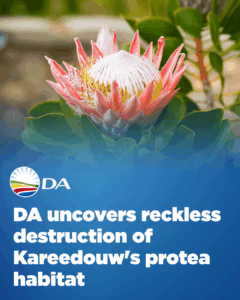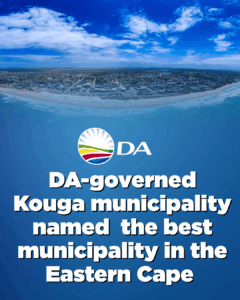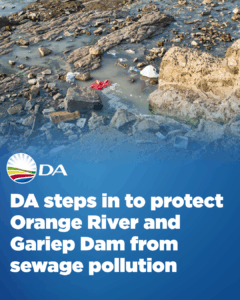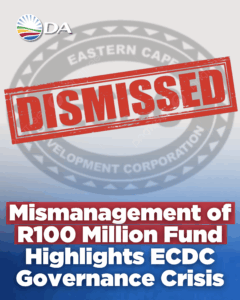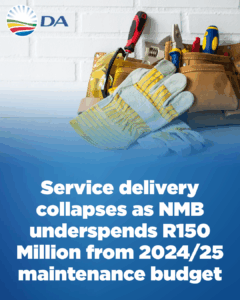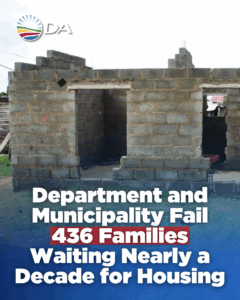The DA in the Eastern Cape has written to the Premier of the Eastern Cape, Oscar Mabuyane to propose solutions to the continued state of increasing deterioration of the Eastern Cape side of the Bloukrans Pass.
The pass forms part of the R102, a provincial road. While the Western Cape side – extending up to the natural boundary at the Bloukrans River – is well maintained and newly tarred, the Eastern Cape side has been left to deteriorate and collapse. The Eastern Cape government ceased maintenance nearly two decades ago, after floods damaged the pass in November 2007. Since then, the Eastern Cape side of the pass has remained closed.
The pass was built between 1879 and 1893 and is more than 130 years old. Although there is a toll road on the N2, historically the pass was a major tourism attraction, once known as one of Africa’s most revered mountain passes, synonymous with the Bloukrans Bridge.
Cost estimates in 2022 indicated that restoring the Eastern Cape side of the pass to an acceptable standard would cost over R50 million. Given the poor condition of provincial roads across the Eastern Cape and the significant maintenance backlog, it is understood that the Eastern Cape Department of Transport cannot currently prioritise the pass.
This does however, present a unique opportunity for innovative solutions and inter-provincial and inter-departmental cooperation to boost tourism and job creation in the area.
I have written to Premier Oscar Mabuyane to propose a collaborative partnership through the establishment of a structured Service Level Agreement. This agreement would bring together the Eastern Cape government, the Western Cape government, SANRAL, and key Eastern Cape departments – including Economic Development, Environmental Affairs and Tourism, Transport, and Sport, Recreation, Arts and Culture.
This partnership would ensure coordinated, time-bound repair and maintenance of the Bloukrans Pass, prevent further decline, and protect the region’s tourism potential and economic prospects. It would also provide much-needed clarity on the roles and responsibilities of the various departments and agencies involved, while enabling better alignment of budgets and resources.
Premier Mabuyane has often spoken about the importance of inclusive development and regional integration. This initiative represents a practical opportunity to turn those words into meaningful action. It would serve as a model for how provinces and departments can work together to protect shared infrastructure assets and deliver better outcomes for all South Africans.

